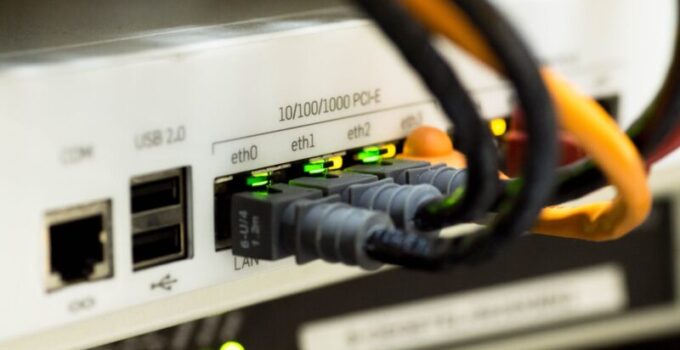Some of the leaders across the country were recently asked about broadband, such as the prices of services, the speeds that are available, and where they think broadband could be in the next decade. When it comes to the internet in the United States, it’s rather exciting as the services that are available are expanding so that more people in rural areas can have access, and those that are considered low-income can have access as well.
Page Contents
On the Horizon

Img source: unsplash.com
A recent infrastructure bill that was passed by the federal government sets aside $65 billion for broadband services. This is the largest investment that’s been made for this service and sets the stage for more funding from the government in the future if the money is used responsibly and if positive outcomes are seen.
Christopher Ali is a professor at the University of Virginia and believes that the funding that’s been approved will help to close the digital divide that was brought to the attention of the government and internet providers in 2024 when more people were working and taking classes at home. When the package was passed, leaders started thinking about exactly how the funds should be used and what changes can be made so that more people have access to the internet.
Costs
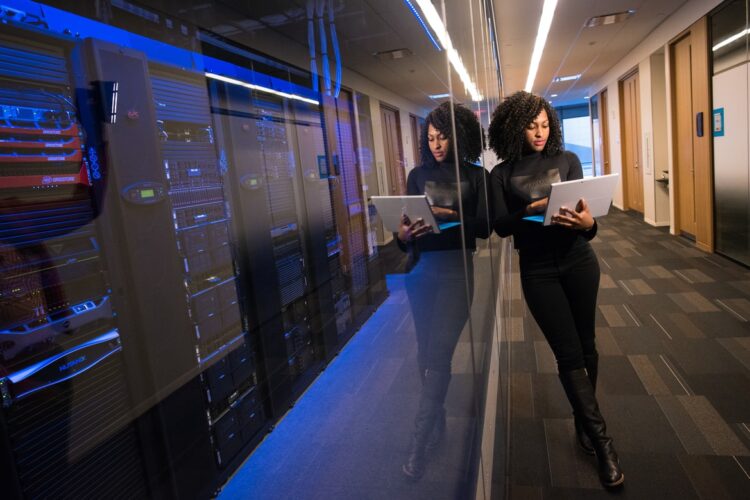
Img source: unsplash.com
Most people pay about $64 a month for internet services. In 2011, the price was about $39. When consumers bundle multiple services together, like internet and television; which is already being offered by top internet services providers such as satelliteforinternet.com and highspeedplans.com, then the price tends to increase to close to $100 or more each month. Some of the experts recently polled were divided regarding whether they thought the price of the internet might increase by 2030 or stay roughly the same. Jay Akin is the CEO of Mushroom Networks and believes that the price will likely stay the same. One thing to keep in mind would be inflation as this could trigger an increase.
Mark Rapley is the Director of Operations of KWIC Internet. This is a provider located in Canada, so they see a difference in the services that are offered from those that are available in the United States. He believes that prices will likely increase by 2030. However, due to inflation of other services and products, the cost could be a bit lower than what it is today once all of the figures are factored in. Ali believes that there will likely be quite an increase of internet services that could approach $100 a month before taking into consideration bundling. One thing to keep in mind is that the overall market will look at ways to get as much money as it can from consumers, which means increasing the cost of necessary services. Rate regulations could be set by the Federal Communications Commission (FCC), which can keep the cost of internet services down.
Speed
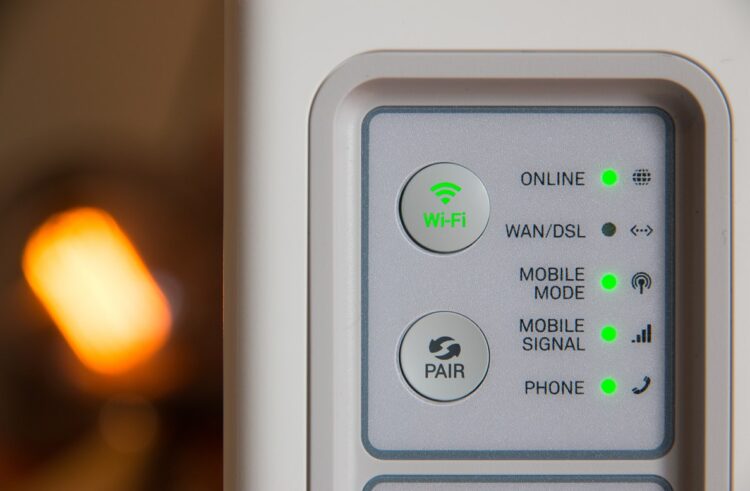
Img source: unsplash.com
The average internet speed in the country is about 204 Mbps. It’s about 74 Mbps for upload speeds. Those who were asked about internet speeds were divided once again on whether or not they could increase by 2030. Rapley feels that networks are already giving consumers what they need when it comes to internet speeds, which means that the overall speed likely won’t increase very much over the next decade. When providers were upgrading equipment and the way internet services were provided, speeds increased rapidly over a short time from 2011 to 2024.
Now that the field is leveling out, the technology is present to keep speeds where they are while focusing on latency and other factors that can create a better connection. Ali predicts that speeds could get as high as 500 Mbps before leveling out. When Akin was asked about speeds, he felt that the launch of 5G could result in speeds that are between 1 Gbps and 5 Gbps. These are much faster than what internet providers offer today and could go even higher if 6G is launched.
What’s Needed
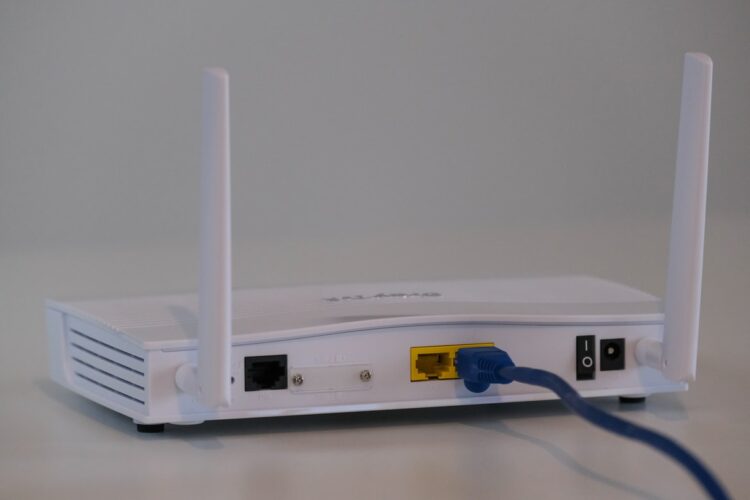
Img source: unsplash.com
According to the FCC, 25 Mbps for download speed and 3 Mbps for upload speed are all that people need in order to have proper broadband internet. These numbers were launched in 2015 and haven’t been changed. However, most consumers need speeds that are much higher than those in order to work from home, watch streaming services, and attend classes at home. Fortunately, the USDA increased the numbers for download and upload speeds to 100 and 20 respectively. The speeds were increased so that more people and providers could receive funds for assistance. The FCC could look at these numbers and make the necessary changes to adapt them for the current broadband qualifications.
Ali has looked over the infrastructure bill and is optimistic about what’s involved. The new regulations for broadband speeds are beneficial. However, it’s a question of how fast providers can reach the point of the increased speeds. It will be up to how providers and the government spend the money provided from the infrastructure bill in order to see how fast the speeds can be increased.
Broadband should be kept on a flat playing field over the next 10 years according to Rapley. Most households could benefit from 50 Mbps for download speeds during a busy time of the day. This is likely an increase over some of the speeds that are seen in households today. Providers won’t need to overhaul their systems or make significant adjustments to offer these speeds or even those that are a little faster. When Akin was asked about internet speeds, he felt that there would always be more speed needed to handle the increase in the number of people using the internet.
Closing the Divide
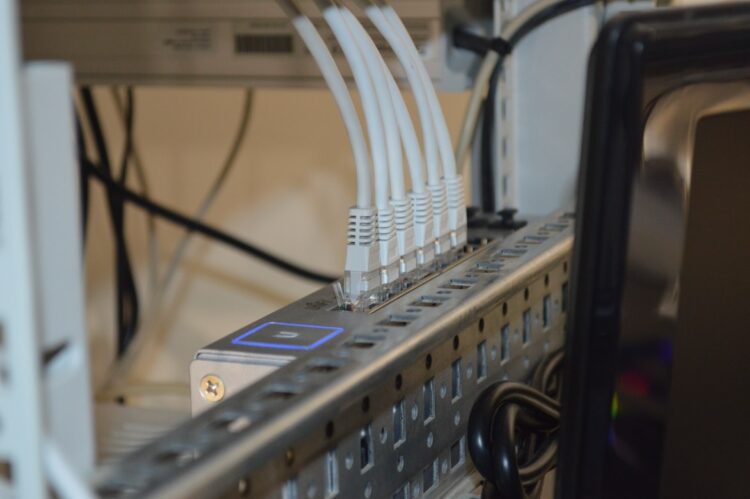
Img source: unsplash.com
The digital divide appears as though it will greatly close by 2030 due to the funding that’s been approved by the federal government. Increased funding over the next 10 years and satellites placed in lower orbits can also help to close the divide as broadband spreads to rural areas while low-income families are able to get help paying for the services that they have or that they want.

